|
|||||||||||||||||||||||||||||||||
|
|||||||||||||||||||||||||||||||||
|
|||||||||||||||||||||||||||||||||
|
|||||||||||||||||||||||||||||||||
|
Important Note from Josh Ketcham, Survival Inc. We have over 52 years experience in the outdoor wilderness and are still learning. If you have questions! We have answers! Over 210,000,000 visitors to this site. TIP: Survival Priorities. Calm yourself and solve your problem. Put worry out of your mind. It takes energy and is unproductive. Worry only makes matters worse and not better. We are not experts. We are students striving to become better. Keep on learning!!
Learn to use a map and compass. Here is why. 12 Dec 2010 the movie Survival tip: KISSWEP Know and recognize...... Inventory..... Shelter..... Signal ..... Water ..... Eat..... Play |
|||||||||||||||||||||||||||||||||
|
Forest Service (Truckee): 530-587 3558 Humans are programmed with basic survival skills. Think before you act. Tip: Carry several sources to create fire when you are in the back country.
|
|||||||||||||||||||||||||||||||||
Local Notices!
Explore the back country but please do not leave trash. Fire danger is extremely high.775 741 0735
Before you build a fire, gather all that you will need first. gather more than you think you will need.
Have questions? We have answers. We have active shooter survival training. Don't know what to do? Want to make a plan? Call us. 775-741-0735. Anytime. |
||||||||||||||||||||||||||||
|
||||||||||||||||||||||||||||
Updated Avalanche conditions in the Sierras. Check it before you venture out.
Avalanche notification system will be open soon.
You have questions, we will find the answers. Contact us here at josh@mountainsurvival.com or text me at
775 741 0735. We will respond.
|
Practice your skills often. Tips on cold feet: Before you go to bed make sure you're wearing dry socks. Even if your socks are a little damp, don't just add another layer over them. Change them! Remove your sweaty liners too. Wear a hat! 11Oct10 Call us when you need us: Washoe County Search and Rescue. We are volunteers and can use your donations. "So That Other May Live!!! Any Where! Any Time! NO CHARGE!!!What to do if someone has not returned from the back country.
|
Cooking: Making soup over a small fire is not as easy as it seems. Cover the pan, block the wind, and keep the fire small and concentrated. Time yourself when you practice. You don’t have to rush normally, but speed can be important in some situations, and it’s always possible your stove will break. I carry both of these at different times during the year. the wood stove uses many different fuels and can stow in a pocket or pack and take up very little room. Nevada is a high earth quake area. Make sure you have a 3 day survival kit ready for you and your family. Learn how to make one here on this site. Stay out of abandon mines. Nevada has over 50,000 mines, Do not explore! Stay out and Stay Alive. Act wisely Compass stick: Learn how to use a watch and the sun to determine direction, or how to use a stick and shadow. Compasses break, and maps get lost. You should know at least one or two ways to determine direction. You should also note the direction most likely to take you out of the wilderness before you start. If you remember that a highway runs along the entire south side of the area you are in, you know which way to go in an emergency. April 2011
|
|||||||||||||||||||||||||
Think Calming Thoughts:
A Reno, Lake Tahoe, Carson City, Gardnerville, Truckee, Washoe County and Sierra Nevada outdoor survival tips and Weather site.
- In Survival, one must maintain a clear mental focus on success and not failure. We tend to believe to be true what we picture in our mind. Picture yourself as surviving and never entertain thoughts of failure. With this in your mind, your chances for survival greatly increase. You can only be as successful as you think you will be!!
KEEP A POSITIVE MENTAL ATTITUDE. NEVER GIVE UP!!!. http://survivaltactic.com
Mountain Survival Complete Table of Contents
This site can also be reached by the following http://
survival.ws and mtsos.com
Weather or Not!!!
Check local weather conditions here.
|
You can check them here for California or Nevada.
Check what to wear to enjoy the outdoors during in climate weather. How quick can someone hike? An oft-stated rule of thumb for walking speed is 2 miles per hour. But that's for a day hiker on an easy trail. It doesn't account for heavier loads, gazing time, rest stops, photos, or lunch breaks. Plan to average about 1.5 miles per hour if you move steadily on a good trail. Heavy loads, rough terrain, rest stops, or water searches slow you down further. Quick tip: Cold Feet Avalanche Safety. Check it out!! "The devotion of thought to an honest achievement makes the achievement possible." Check Current Weather Radar Here!!! Mountain Survival TalesWe are looking for stories. Send us yours and we may put it up. Washoe County Search and Rescue always looking for volunteers. We will train. Washoe Searches in the past 120 days. Archived Tales of Wilderness Experience |
|
Warning terms for each kind of disaster
Thermo-Lite Bivy Sacks could save your life. This 8-ounce emergency bivy sack really shelters you and holds up to repeated use. Tip: To make it really useful and lite, use a silk liner. Used by members of Washoe County Search and Rescue. These are a life saver. Have a new product and want to get exposure, call us at 775 741 0735. We will post it for free for two months with no obligation to continue. Let us help. Survival is everyone's business. |
UPDATE:
Most recent weather updates click here at Weather-or-Not.org or This Weather Sucks.com
Take Breaks While Hiking
|
If you are planning to hike in the back country, this article is very important. Check it out!!!!! |
A tip for all of you back country and out of bound skiers. Take along a space blanket. VALUE OF SPACE AGE BLANKET:
For first-aid in giving reflecting warmth, for fire reflection warmth and light and signals, for rain-proof shelter, signals of all type.
|
|||||||||
|
If Lost Relax!!! (Click here to read what to do!) If Lost, Stay Put! Make yourself visible! SAR teams will find You. Survival Tip: If you need to attract attention make a "V" (need immediate assistance) or a large "X" (need immediate medical assistance) on the ground. You can stamp it our or use tree limbs or brush to make the signal more visible This is easier than SOS and requires less material. Also wave with 2 (two) hands and arms (distress). A 1(one) arm wave indicates all is well. (Do not get these confused!!!!!!) If you have a whistle, give 3 blasts (distress). This can be heard up to 5 miles away under certain conditions. Three (3) signals of any kind mean SOS (Distress). (2 blasts mean "All is well") |
|
Survivor Traits Taken from Real Life Experiences
|
|||||||||
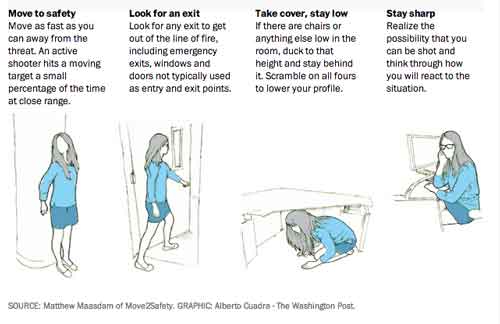 |
|||||||||||
|
What to do to survive in the case of an active shooter enters your area.
|
|||||||||||
13 Essentials for Backpacking at Lake Tahoe (or anywhere for that matter)
Most important are learn the Rules of 3 and practice STOP!First 10 By Dennis Lewon, BACKPACKER Equipment Editor, Gina DeMillo, BACKPACKER Associate Editor, September 2002
Most Important is take your Mind. It is the number one survival tool.
1. Daypack. The capacity you need depends on weather conditions and what you'd need to survive a night out. Count on extra space for photography equipment or other gear for hobbies like drawing or fishing.
2. Food and water. Sounds obvious, but many day hikers underestimate how much fuel they'll need for a 12- to 16-hour day. Pack two lunches and a few snacks or energy bars. Check water availability; if you can't refill along the way, carry a few quarts, more in hot weather.
3. Head lamp. Test it before heading out, and pack extra batteries if you expect to be hiking in the dark. Tip: The new LED head lamps last a long time and are very bright. I now use one for search and rescue operations.
4. Basic first-aid kit. Think about the stuff you'd need to patch injuries long enough to hike out--a few bandages, some antiseptic wipes, and butterfly bandages for wounds, a triangular bandage (also works as a sling, bandanna, and athletic wrap), and tape. Adjust for longer outings and group size.
5. Map, compass, watch, cell phone and GPS . Don't take navigation for granted just because it's only a day hike. ( Hikers at Tahoe have been lost only 1 mile from the main road. It can happen.) Ten miles from the car is still 10 miles into the back country. A GPS is of great benefit however, it should not replace a map, compass and an analogue watch. Do not forget extra batteries. Remember in the winter, batteries drain faster. Updated Sept 2016
6. Water treatment. A bottle of iodine tablets or other chemical treatment adds mere ounces to your pack, but pays off on long days when you're constantly refilling your tanks. Water purification pumps or water straws also work well. They are a little heavier and may freeze during the winter. Carring some type of boiling vessel is highly recommended. In boiling, you do not hvae to boil the water for 5 minutes. As long as the water comes to a rolling boil, that will be long enough to kill all pathogens in the water.
7. Rain shell. A lightweight waterproof/breathable shell is ideal. A poncho also works and may take up less room in your pack. Toss in an extra mid layer if the weather is chilly. Garbage bags can also double as a expedient rain suit. Learn how to make a hypothermia suit out of a poncho here on this site.
8. Emergency shelter. This should be number one. Depending on your preference for pack weight and comfort, all of the following work:clothing, bivy sack, emergency blanket, tarp, a waterproof rain suit, garbage bags (min. of 2). Consider carrying a lightweight sleeping bag if nighttime temperatures would kill you.
9. Warm hat. It won't take much space in your pack, but provides the warmth of an extra sweater if the mercury dips or if you have to sleep out.
10. Fire. This should be number 2. Lighter or matches in a waterproof container along with a candle. Trixoine tables will light with a spark kit even when wet. (Butane does not work in very cold temperatures with out first warming it up.) I prefer a steel and flint striker along with Vaseline and cotton balls. Always carry more than one way to light a fire. I carry a ferro rod in my paracord neck strap. This is always with me. I perfer 3 ways. 20 Feb. 2009
11. Find Me Spot or PLB and cell phone. This is a must if you want to hike or travel into the back country alone. Cheap insurance. Cell phones can be pinged now and can give search and rescue units additional tools to locate you in an out of bounds ski area and in some back country areas such as the Tahoe Rim Trail. Added Sept 2016
12. Knife. A good full tang knife is a must in all survival situations. Pocket knives are OK but do not stand up to the rigors of out door situations. A knife can be carried several different ways depending on the size of the knife. Scout Carry, Chest Carry, Hip Carry, it can be carried on your pack or on a chest pack. I perfer the Scout carry which is horizontal in the small of the back. This allows for a quick draw. I also carry a smaller pocket knife in my pocket.
13. Cordage. I have added cordage to a survival item. Dental floss is great. This is stong and there is a lot of it in a package. It can be used for sewing up wounds if need be. In addition, it can be used for traps and lashing together cross members for a shelter. I also like to carry paracord. It is very strong and can be carried as a belt if correctly tied. I carry around all the time. I have it as a braclet, rifle sling, camera sling and even on my belt. One should carry at least 25 feet of para-cord in their survival gear. The strands in the paracord can be used for traps, sutures, floss, sewing or what ever you can think up. There is a new type of carrier for paracord. It also has a place for a small lighter to burn the ends of the cord as well as another fire source. I carry one in all my bags. It can also be worn attached to a pant loop. Learn knots. Amazing things can be built with paracord.
Cell Phones and Recco devices. Covered earlier: Cells phones have come a long way since this site has started. There is are so many things you can do with a phone. It can be used as a flash light, compass, gps, mapping, calling home and more. It is important to remember that all of these apps will cause the battery to drain even faster. The more apps you have on, the faster it will run down. If you are using it in the back country, turn off your data links. If there is limited cell service, your phone will discharge faster if it is looking for a data connection. Search and Rescue can find you with your phone. But if you loose the battery, it may take longer to locate you. It is a great tool but it should not replace any of the items listed above.
WHY YOU NEED THIS SITE!
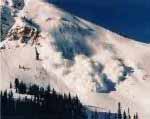
2019-2020 US & CANADA, AVALANCHE FATALITIES & CLOSE CALLS
- Fatalities this year due to Avalanches as of
Monday, October 28, 2024 : 0 in the US & Canada
Check here for current Avalanche injury updates.
|
|
|
|
|
Do not purchase plastic snow shovels for Tahoe Snow. They will not work well when needed.
|
||
Washoe County Search and Rescue: WashoeSAR.com
7000+ Missions for the years 2001 - 2020.
Josh Ketcham is a Life time members of Washoe County Search and Resuce and is a member the State Search and Resuce Board.
Mountain Survival can do trainings for you or your group. Sometimes at no charge. Some proceeds are donated to Washoe County Search and Rescue to help
support this ALL VOLUNTEER group under that is under the command of the Washoe County Sheriff Office.
Give us a call.
Group training and education is available. We can also provide man tracking instruction. Just ask.
Want to get involved in Search and Rescue in the Lake Tahoe/ Washoe County Area? Email Josh@mountainsurvival.com for more information. You can text Josh at 775-741-0735. We are looking for Volunteers.
When you venture out, BE PREPARED!!! Click here to find information on the search and rescue missions in Washoe County and Lake Tahoe.

The weather at Tahoe can change any time. These pictures are 15 minutes apart. 9 March 2001
Be Prepared!!!!!!!!
Increase your proficiency and master the craft of back country survival if you plan any outdoor activity.
Check our survival index.
Looking for Something to do while at Lake Tahoe? Click below.




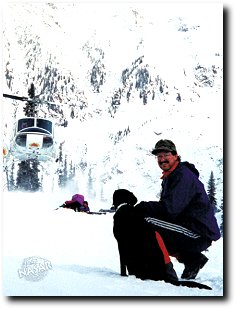

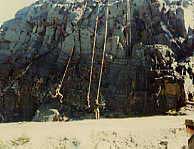





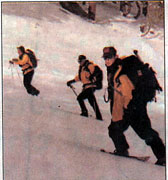


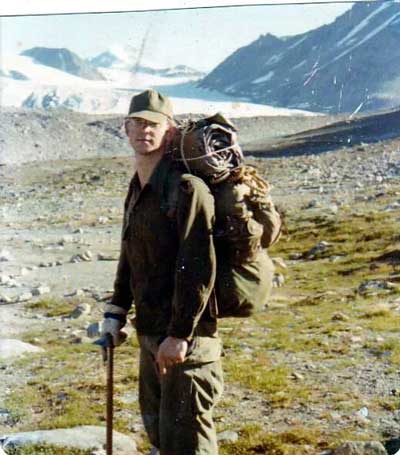





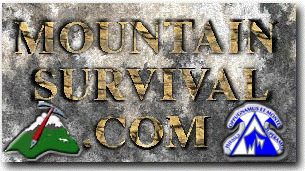

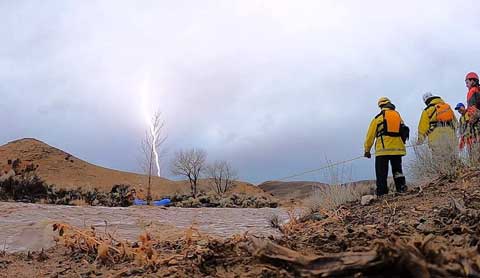
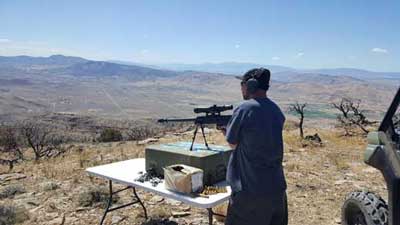




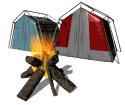

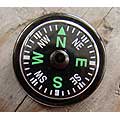
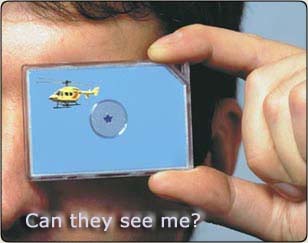
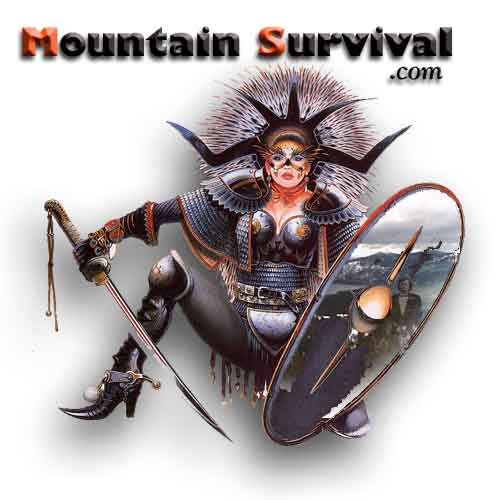
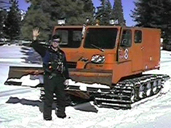

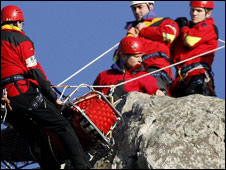
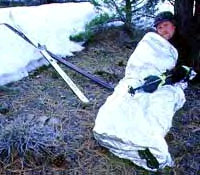
 a roads
a roads